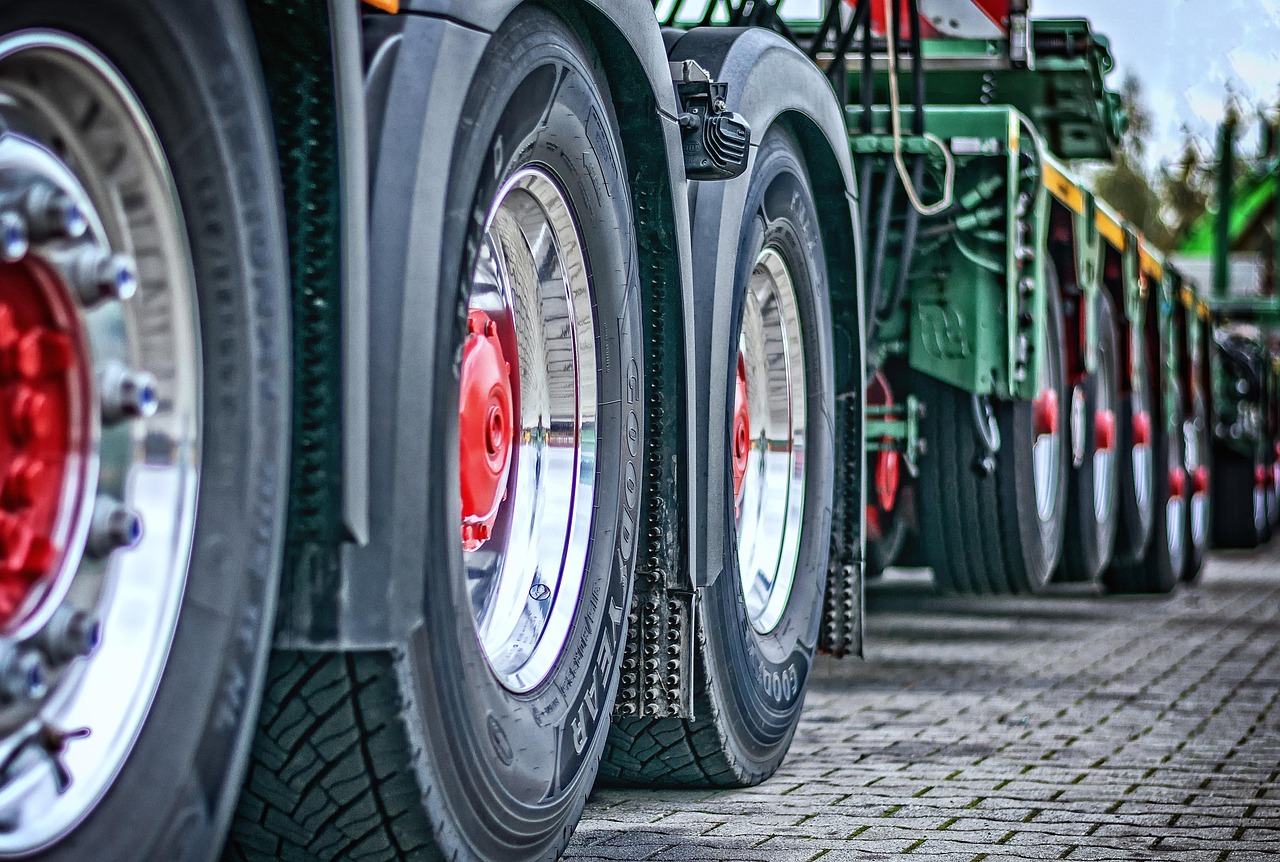The Definitive Guide to Choosing the Best Electric Meat Grinder
An electric meat grinder is an indispensable tool for anyone serious about controlling the quality, texture, and ingredients of their ground meat, sausages, and specialty foods. Moving beyond manual operation, modern electric models offer superior speed, capacity, and consistency, transforming the way home cooks and small-scale processors handle meat preparation. This comprehensive guide will navigate the essential features, performance metrics, and safety considerations necessary to select the ideal electric meat grinder machine for your specific needs in 2025.
Understanding the Core Mechanics of an Electric Meat Grinder
While seemingly simple, the effectiveness of an electric meat grinder relies on the synergy of its three primary components: the motor, the auger, and the cutting system. Understanding these parts is crucial for evaluating a machine’s true capacity and longevity.
Motor Power and Performance
The motor is the heart of the electric meat grinder. Its power is typically measured in horsepower (HP) or wattage, and it dictates how quickly and efficiently the machine can process tough cuts of meat or even soft bones.
- Peak vs. Running Wattage: Manufacturers often advertise high “peak” wattage, which is the maximum power the motor can draw momentarily. The more critical metric is the “running” or “rated” wattage, which indicates sustained performance. For reliable home use, look for models with a running wattage of at least 500W.
- Gearbox Types: High-quality electric meat grinders, especially those designed for heavy use, utilize metal gears (often steel or hardened aluminum) rather than plastic. Metal gears ensure better torque transfer and significantly extend the lifespan of the appliance, particularly when grinding sinewy or partially frozen meat.
- Horsepower (HP): Entry-level home grinders typically range from 0.25 HP to 0.5 HP. Heavy-duty or commercial-grade models can exceed 1.5 HP, allowing them to handle large volumes (over 10 lbs per minute) and tougher materials like chicken bones for pet food.
Grinder Plate and Knife Systems
The cutting system determines the final texture of the ground product. It consists of a rotating knife and a stationary grinding plate (or die).
- Standard Sizes (The ‘Size Number’): Electric meat grinders are categorized by their plate size, which corresponds to the diameter of the grinding head. Common sizes include:
- #5 or #8: Ideal for occasional home use and small batches. Limited capacity.
- #12: The most popular size for serious home cooks and hunters. Offers a good balance of speed and manageable size.
- #22 or #32: Reserved for heavy-duty or commercial applications, offering massive throughput and requiring powerful motors.
- Plate Hole Diameter: Plates come with various hole sizes (e.g., coarse 10mm, medium 6mm, fine 3mm) to achieve different textures for burgers, chili, or sausages. Ensure the model you choose includes a variety of plates.
- Material Quality: The best plates and knives are made from hardened stainless steel, which resists rust and maintains a sharp edge longer than carbon steel or softer alloys. For detailed information on maintaining these components, refer to our guide on universal meat grinder parts restoration.
Last Updated on October 14, 2025 by Robert Vance

